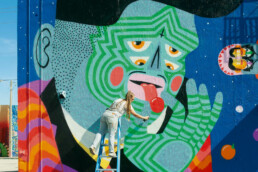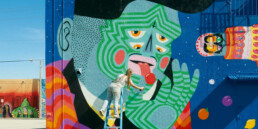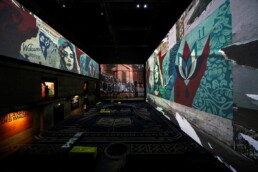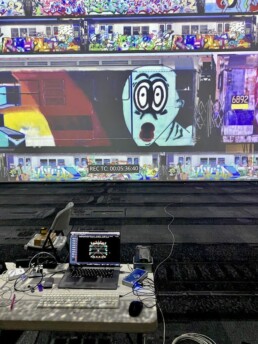Loading
Audiovisual production : Mehdi Mejri, Atlas V
Conceptualisation : Christian Omodeo, Mehdi Mejri and Pierre Zandrowicz
Set design : Olivier Palatre
Graphic design : Horah, Inc. et Monsieur L’Agent
Composer and music director : Roque Rivas
Sound Engineer : Oscar Ferran
Release : December 2023
⸻ 2022



